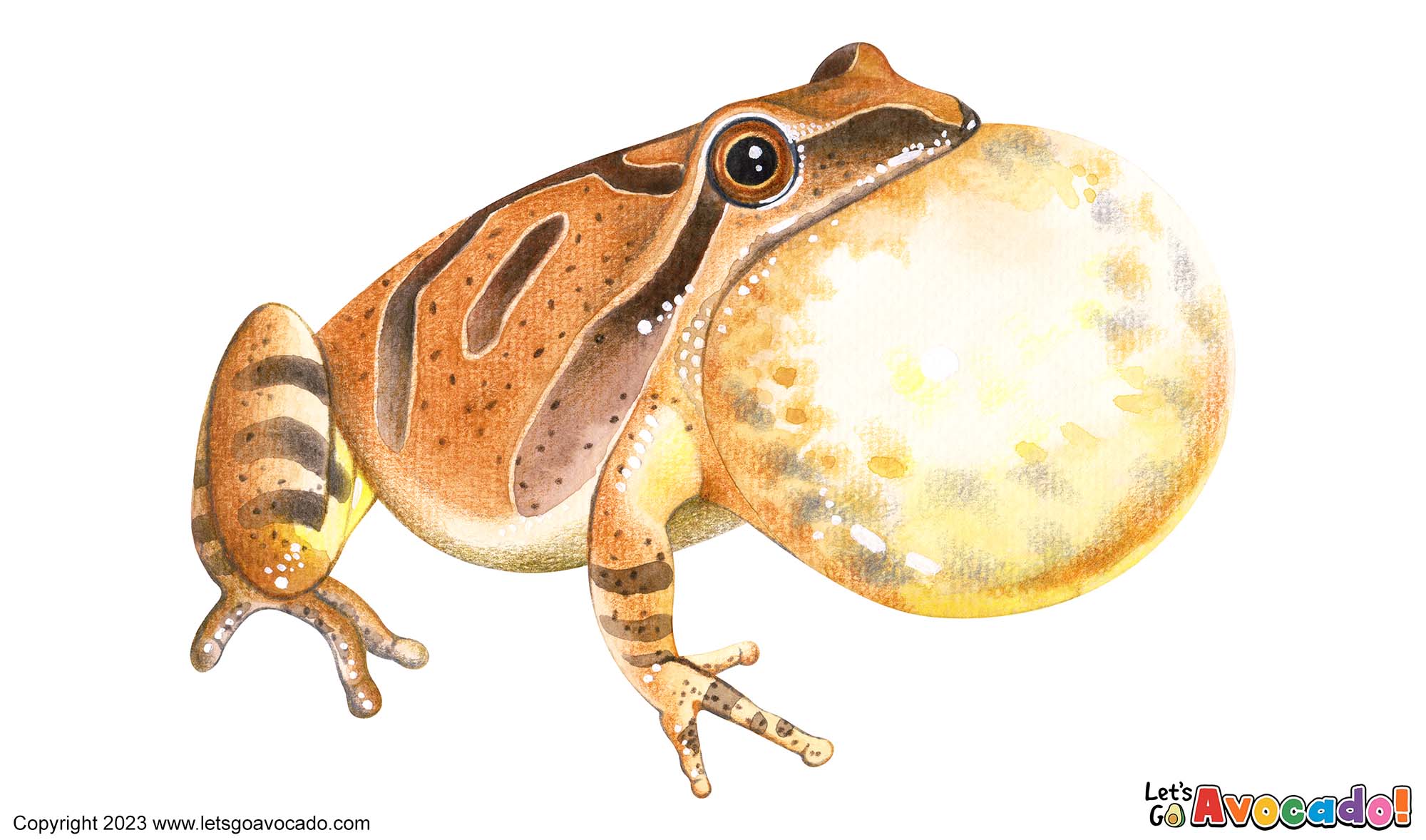

Spring Peeper
Pinkletink Frog
Pseudacris crucifer
This page may contain affiliate links.
Read our disclosure and privacy policy here.
The Spring Peeper (Pseudacris crucifer) is a small and fascinating frog species found in the eastern parts of North America. Known for its distinctive call, the Spring Peeper is a master of vocalization. Males produce a high-pitched peeping sound, similar to the noise made by a spring being stretched and released, hence their name. This vocalization serves as a mating call to attract females during the breeding season. Spring Peepers are also called “chorus frogs” due to their ability to create a harmonious chorus with other males. These frogs have a unique appearance, featuring a tan or brown body with a dark cross-shaped pattern on their back. They are small in size, growing up to about 1 to 1.5 inches in length. Spring Peepers inhabit a variety of habitats, including wetlands, marshes, and wooded areas near ponds or streams. They are nocturnalAnimals that are active during the night and rest during the day. Beavers are primarily nocturnal, doing most of their work at night. Learn More creatures, spending their days hiding in vegetation or leaf litter and emerging at dusk to search for food. Spring Peepers are delightful creatures that bring the sounds of nature to the springtime landscape.
Spring Peeper
Common Name
Other Names
Latin Name
Distribution
Appearance
Size
Habitat
Behavior
Diet
Lifecycle
Vocalization
Defense Mechanisms
Ecological Importance
ConservationThe act of protecting and preserving natural resources and the environment. Conservation efforts are important to protect beavers and their habitats. Learn More Status

There’s a lot to explore right where we are, in our own neighborhoods and backyards! Join us while we get off the couch and explore the everyday wonders of nature, science, space, engineering, art, and anything else we stumble upon during on our adventures.







